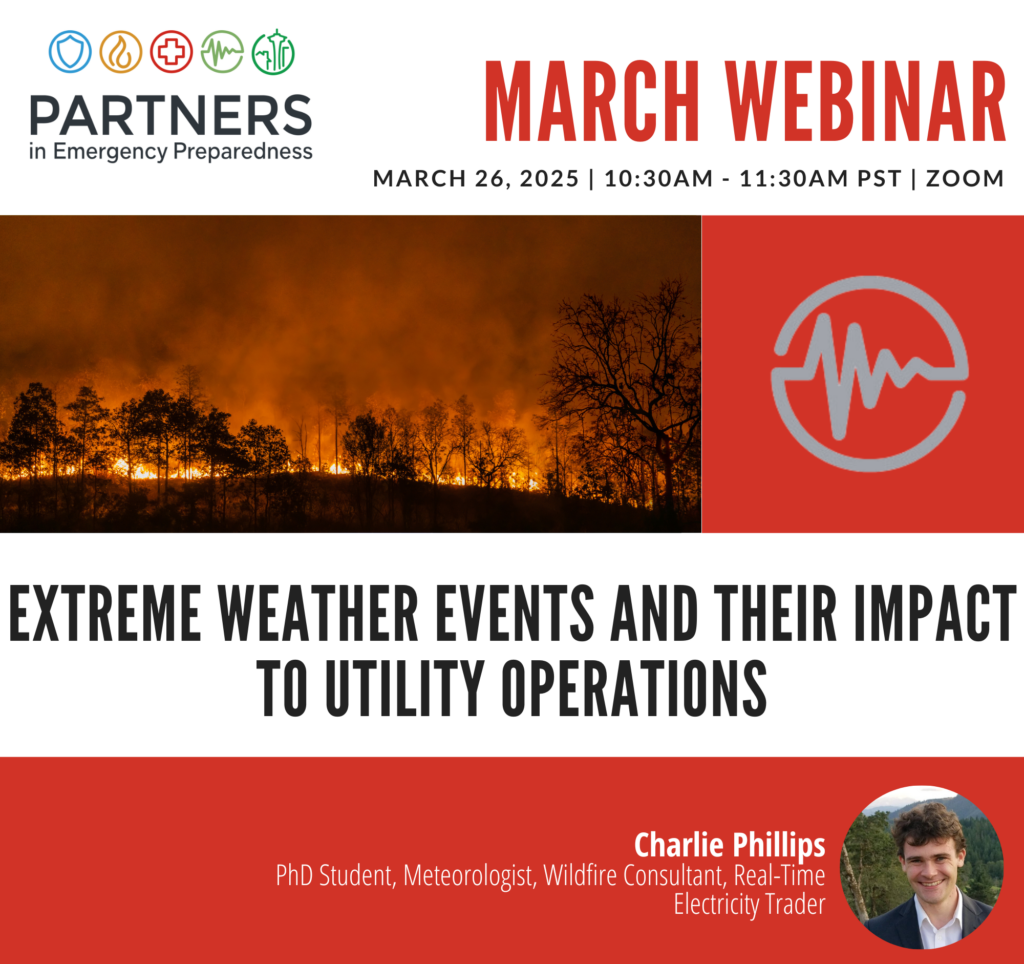
Extreme weather events have a variety of impacts to utility operations. Periods of extreme demand, particularly when combined with low wind/solar and unplanned generator outages, can result in rolling blackouts and extremely high electricity prices, bankrupting utility companies with large exposure to these markets. Extreme events like windstorms, icestorms, severe thunderstorms, and hurricanes can cause catastrophic damage to the transmission and distribution grid, leaving customers without power for weeks or more. Finally, utilities – particularly those over the Western U.S. and Hawaii – must have wildfire mitigation plans in place, including plans to proactively shut off the power before extreme wildfire conditions strike. Learn how utility meteorologists, electricity traders, wildfire mitigation teams, and long-term grid infrastructure planners integrate weather & climate data into their analytics to prepare for and respond to these high-impact events.
Charlie Phillips
Charlie is a Pacific Northwest native and graduate student pursuing a PhD in electrical engineering at Iowa State University. Charlie graduated from the University of Washington in 2015 with a B.S. in atmospheric sciences and spent 8 years in the utility industry as a meteorologist, wildfire consultant, and real-time electricity trader. He helped Portland General Electric navigate the September 2020 fires, February 2021 ice storm, and June 2021 “Heat Dome,” and he traded power for Puget Sound Energy during the September 2022 heat wave and December 2022 winter storms. At Iowa State University, he researches optimization and long-term power planning to enhance the resilience of the power grid to derechos and reduce the risk of rolling blackouts during periods of extreme demand.